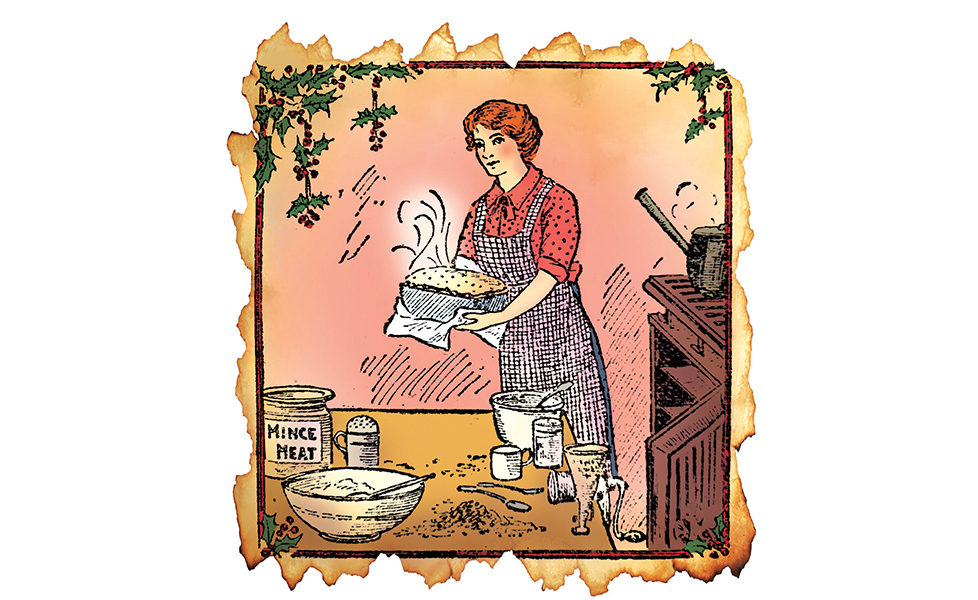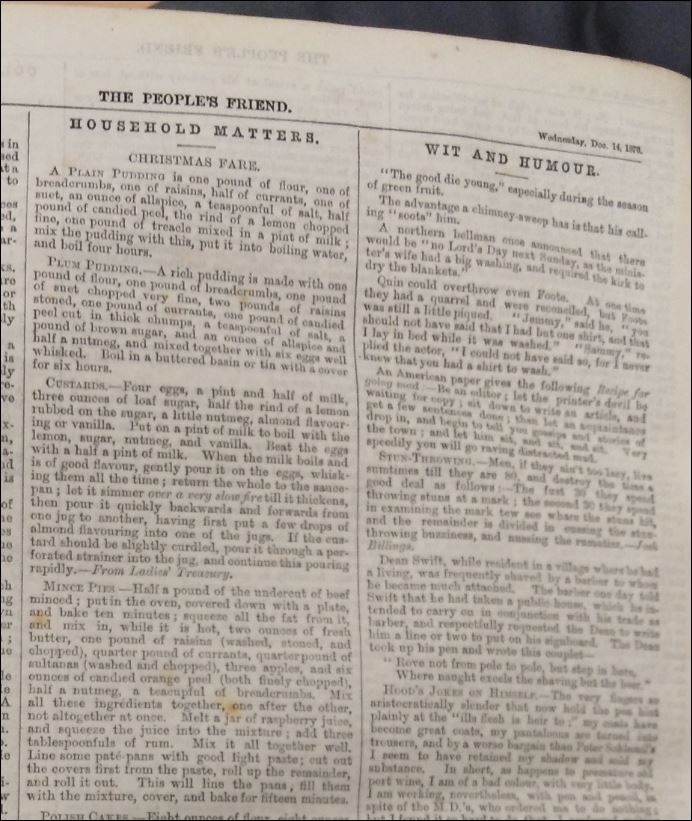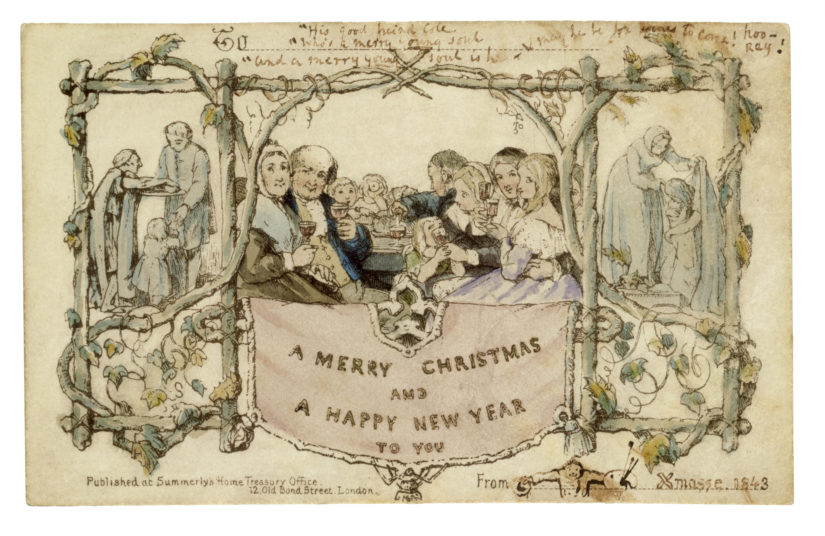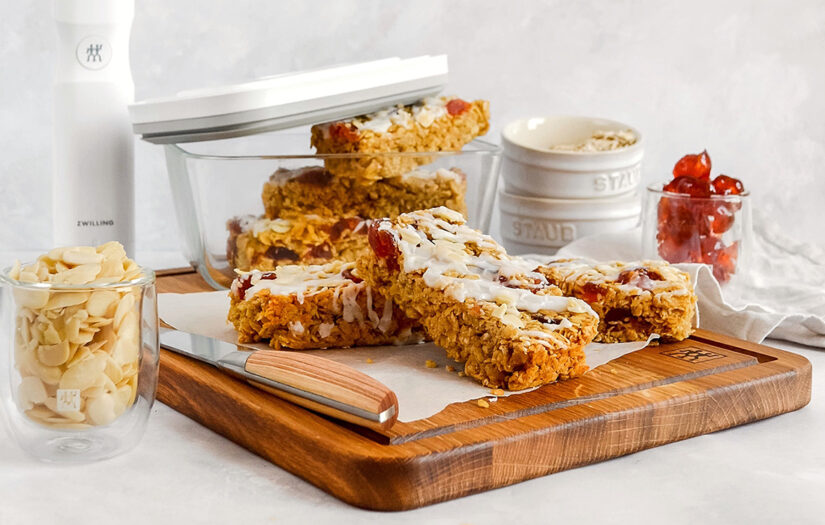
We hear there’s been a little bit of a stooshie on the internet this week as US food site The Spruce Eats posted a recipe for a mince-pie which included real mince (now amended).
"…a whole open-topped pie which sliced is a lovely tea-time delicacy, or served with custard or brandy sauce, a great pudding."
"Do not submerge them, rather just allow the juices of the mincemeat to coat the apple slice, this will act as a glaze for the apples." pic.twitter.com/OplTA5ZTE7— Kim Plowright (@mildlydiverting) December 9, 2019
As it turned out, British food writer Elaine Lemm’s original recipe is for perfectly standard festive fare, but then something went adrift in the translation. An understandable mistake.
Well, I always wanted to be an internet sensation! This has to be the funniest take on one of my recipes ever. Causing such a commotion. Into the tens of thousands last time I looked. @foodyorkshire one for you or @yorkshirepost. A funny view of our food on this difficult week. https://t.co/MSAOXyZntk
— Elaine Lemm (@britishfood) December 9, 2019
This recipe was for a US site written by me. They decided to update it but something got lost in translation the home economist/photographer missed mincemeat is not minced beef! the serve it with custard or brandy sauce that should have caused alarm 🤣 I did NOT use mince!
— Elaine Lemm (@britishfood) December 10, 2019
As the original spotter pointed out in a later tweet, mince in mince-pies was quite normal – a long time ago.
But to put meat in mince-pies in recent times? Surely that went out with the Tudors?
Well, maybe not quite.
Mince-pies, 1870-style
When we were researching recipes for our book, 150 Years of Christmas Cookery, there was one recipe that almost made it in, but just missed the final selection.
It’s 149 years to the day since we first published it, we thought you might like to see it today.

“The People’s Friend”, Wednesday, December 14, 1870. Photograph by Marion McGivern.
It’s not so easy to read that 149-year-old print, so here’s what it says:
Mince Pies — Half a pound of the undercut of beef minced: put in the oven, covered down with a plate, and bake ten minutes; squeeze all the fat from it, and mix in, while it is hot, two ounces of fresh butter, one pound of raisins (washed, stoned and chopped), quarter pound of currants, quarter pound of sultanas (washed and chopped), three apples and six ounces of candied orange peel (both finely chopped), half a nutmeg, a teacupful of breadcrumbs. Mix all these ingredients together, one after the other, not altogether at once. Melt a jar of raspberry juice, and squeeze the juice into the mixture; add three tablespoonfuls of rum. Mix it all together well. Line some paté [patty!] pans with good light paste[*]; cut out the covers first from the paste, roll up the remainder and roll it out. This will line the pans, fill them with the mixture, cover, and bake for fifteen minutes.
* pastry.
A taste of history
I’d love to know how many of these little delicacies graced a Christmas table. And I’m really curious about the taste. I don’t think I’m quite brave enough to try making them, though!
I wonder how many families handed this recipe down through the generations. If you’ve found something like this among your recipe heirlooms, do let us know!
For some delicious — and less controversial! — recipes, click here.




